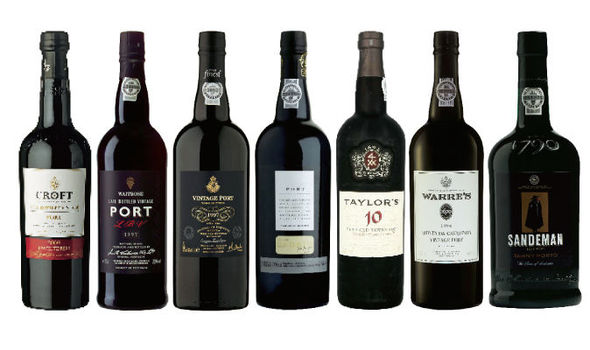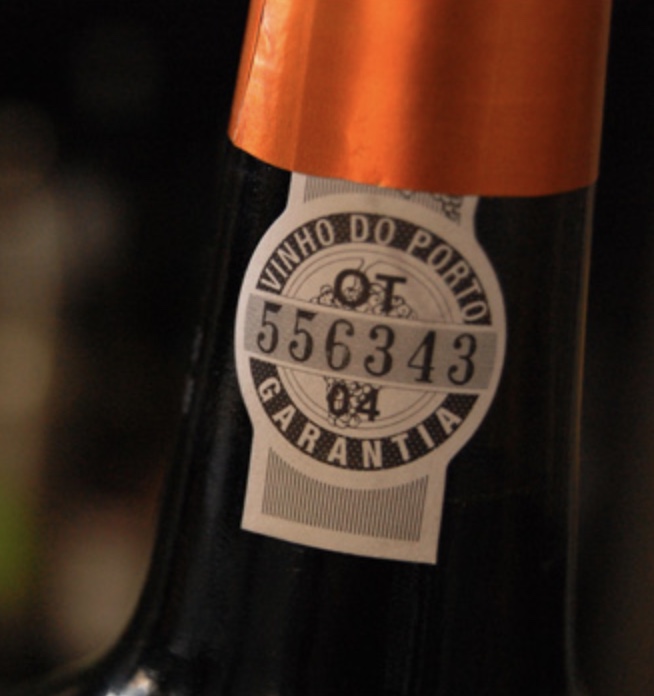What You Should Know About Port Wines
What does port wines and whisky have in common? I am glad you ask. If you notice, port cask finished whiskies gained some reputation in recent years, as distillers experiment with port casks to insert variety into the whisky scene. What do we know about port wines? Most whisky drinkers who do not drink wine possibly know very little, so I think we must set it right because port cask finished whiskies are getting popular.
What is Port Wine?
Port is a fortified wine that is produced exclusively in the Douro Valley in Portugal. The Instituto dos Vinhos do Douro e do Porto regulated port production massively through stringent rules. Producers of port wine must make, label and market their products in a specific way as stated by the Instituto dos Vinhos do Douro e do Porto. In this sense, port wine production is similar to Scotch whisky as the Scotch Whisky Association (SWA) also controls and regulate the production.
Due to the rules in place for port wine, its authenticity is easy to spot. One simple rule of thumb to identify an authentic bottle of port wine is to look for a white seal that reads “Vinho do Porto Garantia” (see below).
Port Wine Production
Port wine is what red wine wants to be when it grows up. Producers add aguardiente (which most referred to as “brandy”) into red wine to create port wine. The brandy increases the alcohol content to 20% abv on average and stops the fermentation process to preserves natural sugars from the grapes. The common term for this process is fortification. Interestingly, fortification also warmed the body and made port wine a good substitute for whisky in long, winter months.
Grapes are the essential ingredients of port wines. These grapes are Portuguese indigenous grapes, which make port wine so unique. Some variety of Portuguese port grapes include Touriga Nacional, Touriga Franca, Tinta Roriz (aka Tempranillo), Tinta Cāo and Tinta Barroca. I understood from Wine Folly that there are at least 52 varieties in port wine! Each type of grapes gives different flavours to create a complex and flavourful end-product.
Types of Port Wines
Typically, there are two kinds of port wines – the barrel-matured port and bottle-matured port. Barrel-matured port made up 98% of all port wines while the remaining 2% comes from the bottle-matured process. All port spend some time in barrels, but bottle-matured port wines spend significantly lesser time in oak cask than barrel-matured port wines.
Bottle-matured port wines are rare with only exceptional vintages that age for decades in the bottles. These port wines are expensive and only sought-after by wine connoisseurs.
From the two kinds of port wines, producers split them into four main styles.
- Ruby Port
- Tawny Port
- White Port
- Rose Port
Here is an infographic to help you understand the flavours of port wines.
In general, a ruby port is deep-red in colour and includes the Vintage, Late-bottled Vintage (LBV), Crusted and Ruby Port. A Tawny port is barrel-aged with sweet nuts and caramel flavours. A white port is unique as it used white grapes such as Viosinho, Gouveio, Rabigato and Malvasia. Finally, a rose port is a new style in which the producer make port wine like rose wine with strawberry, violets and caramels flavours.
A Very Short History of Port Wines
The discussion on port wines make me curious about the history, and I discovered some interesting nuggets from Google. Port wines existed since 1678 in Portugal. Thanks to the fall-out between England and France, England restricted the import of French wines during the 1600s. Portugal and England, however, were buddies. The obvious supply of wine to England was Portugal, but the tricky part was keeping them fresh during transit. The solution was to add brandy to the wine. The export of the fortified wine shipped from the town of Oporto, and hence, the fortified wine was named “port”.
Port Wines and Whisky
There are many port-finished whiskies to choose from in today’s whisky scene. Some of the well-known Scotch is Balvenie 21 Portwood, Glenmorangie Quinta Ruban and Tomatin 14 Port Wood Finish. Most of these port-finished whiskies are flavourful and sweet, gaining fame amongst those with a sweet tooth. They are also popular with sherry lovers since they share some similar qualities.
While port casks are not yet as prominent in the whisky industry as sherry casks are, there may come a day when port casks become a necessary component in maturing whisky! Therefore, drink some port wines and do your part to create more casks for the whisky industry!




